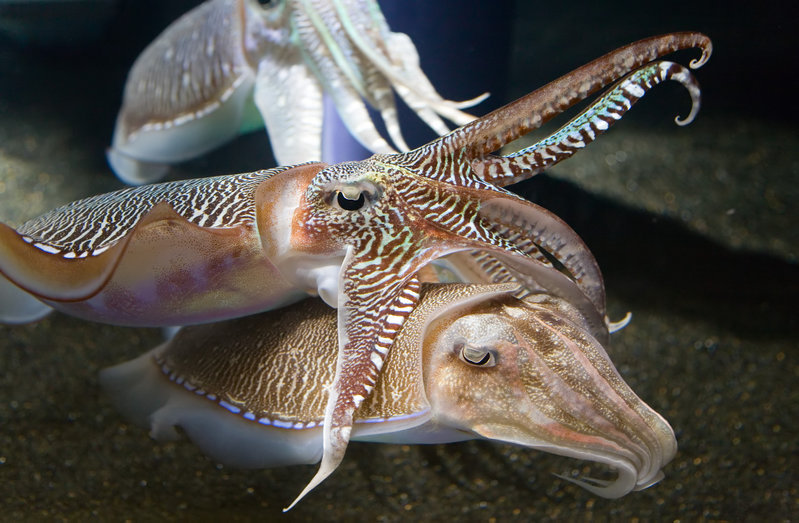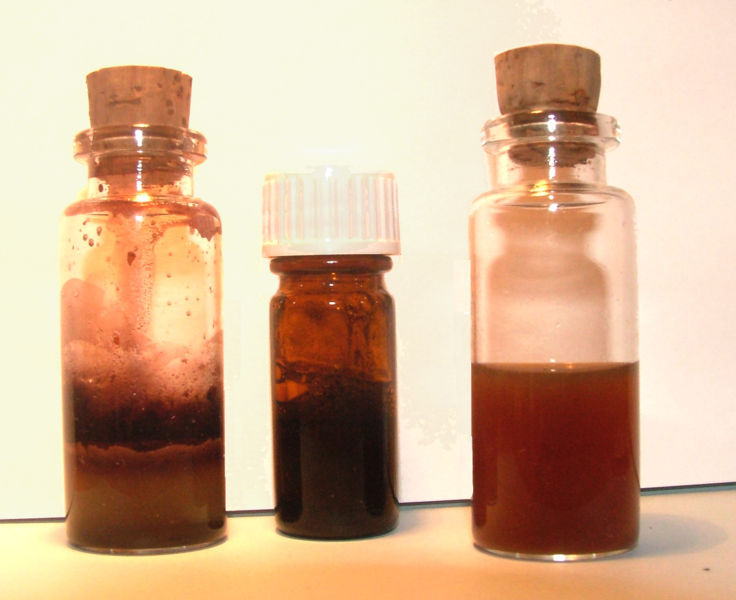Black Colorants
Iron Gallonate
Inks and dyes made from oak galls can produce startlingly dark shades of black and deep, bluish browns. The galls themselves are formed when a female wasp lays her eggs in an oak shoot. The tree then forms a tannin rich, nut-like growth around the eggs, known as a gall. These galls can be harvested and made into a strong, brown fabric dye, or their tannins can be mixed with iron salts to produce the popular black ink known as iron gallotannate ink.
Soot Ink or Lampblack
"The most common carbon used for ink was lampblack, a soot produced by burning oils, tar, pitch, resin, or resinous woods" (Baker, 211). In early times, soot ink was produced in both China and Persia. "Both the Persians and Chinese thought it was desirable to have ink that not only travelled seductively across the paper, but which also smelled wonderful. So they would add perfumes, as they probably need the musk the most: sometimes the binding glue was from rhino horn or yak skin, but sometimes it was from fish intestines, and in its raw state must have been horribly smelly" (Finlay, 92-93). In the 19th century, lampblack was being made in America using natural gas. The resulting black color has a brownish tint and as a wash is a neutral grey. Bister is a similar colorant, made from the soot of burnt beech or birch trees. Bister does not produce a true black, but rather a dark grayish brown, which was popular among Baroque artists. Since bister was popular for use in manuscript illumination, it is possible that it was used in hand painted maps as well.
Baker, C., (2010), From the Hand to the Machine: Nineteenth-century American paper and mediums: technologies, materials, and conservation, p.211, Ann Arbor, Michigan: The Legacy Press.Finlay, V., (2004), Color: A Natural History of the Palette, p.92-93, New York: Random House.
Charcoal Black
Charcoal is an ancient drawing material, however, it wasn't produced in England until the mid-1950s. Charcoal is made from charred willow sticks. Farmer Percy Coate converted his business from growing willow for shipping baskets to growing willow for artists to be used as charcoal. He experimented with baking temperatures and durations in order to create one of the best and most well-known willow charcoals. "Today there is scarcely a classroom in Britain without a box of PH Coate's charcoal" (Finlay, 80).
Finlay, V., (2004), Color: A Natural History of the Palette, p.80, New York: Random House.
Brown Colorants

White Colorants






